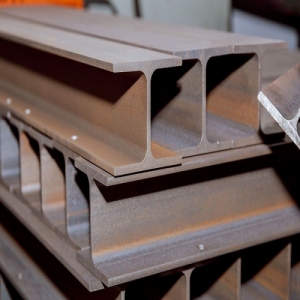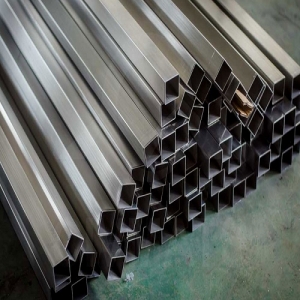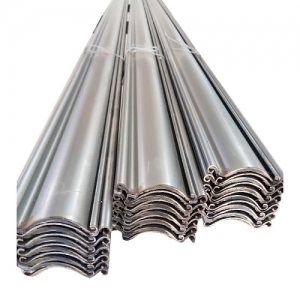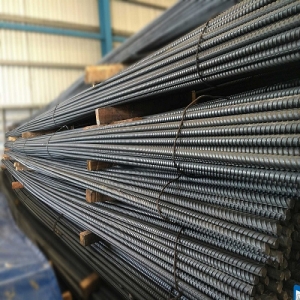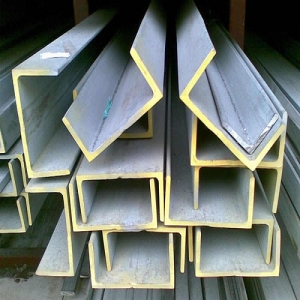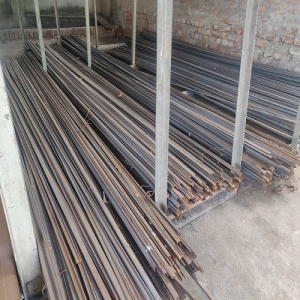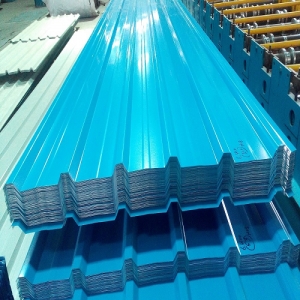MS Angles

MS Angles
In the context of steel, an angle refers to a structural steel member with an L-shaped cross-section. It is commonly used in construction and engineering applications to provide support and structural stability.
Angles are typically made from carbon steel and are available in various sizes and thicknesses to suit different requirements. They are formed by bending a flat steel plate or strip at a 90-degree angle, resulting in two legs of equal or unequal length. The legs of the angle are referred to as the “flanges,” while the connecting portion is known as the “web.”
Angles have a wide range of uses in the construction industry. They are commonly used as braces, supports, and frames for buildings, bridges, towers, and other structures. Angles can also be used as lintels, reinforcing elements, or as structural components in machinery and equipment.
The versatility of angles lies in their ability to provide strength and rigidity in multiple directions. The L-shape design allows them to resist bending and twisting forces, making them suitable for load-bearing applications. The unequal leg angles provide additional flexibility for specific structural requirements.
T Section: A T section, also called a T-beam or T-bar, is a steel profile that has a cross-section resembling the letter “T.” It consists of a vertical stem (the web) and a horizontal top (the flange). T sections are commonly used in construction and structural applications, offering excellent load-bearing capabilities.
Z Section: Similar to the T section, a Z section is a steel profile with a cross-section resembling the letter “Z.” It features two flanges that are parallel or nearly parallel and connected by a web. Z sections are widely used in construction for framing, support, and reinforcement purposes.
Four Section: The term “four section” is not a widely recognized term in the steel industry. It is likely a specific reference to a particular steel profile or component that may have four distinct sections or features. Without further context, it is challenging to provide a precise definition.
Send Enquiry
